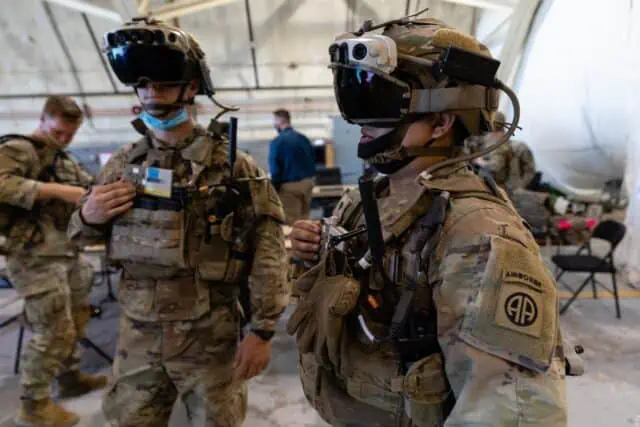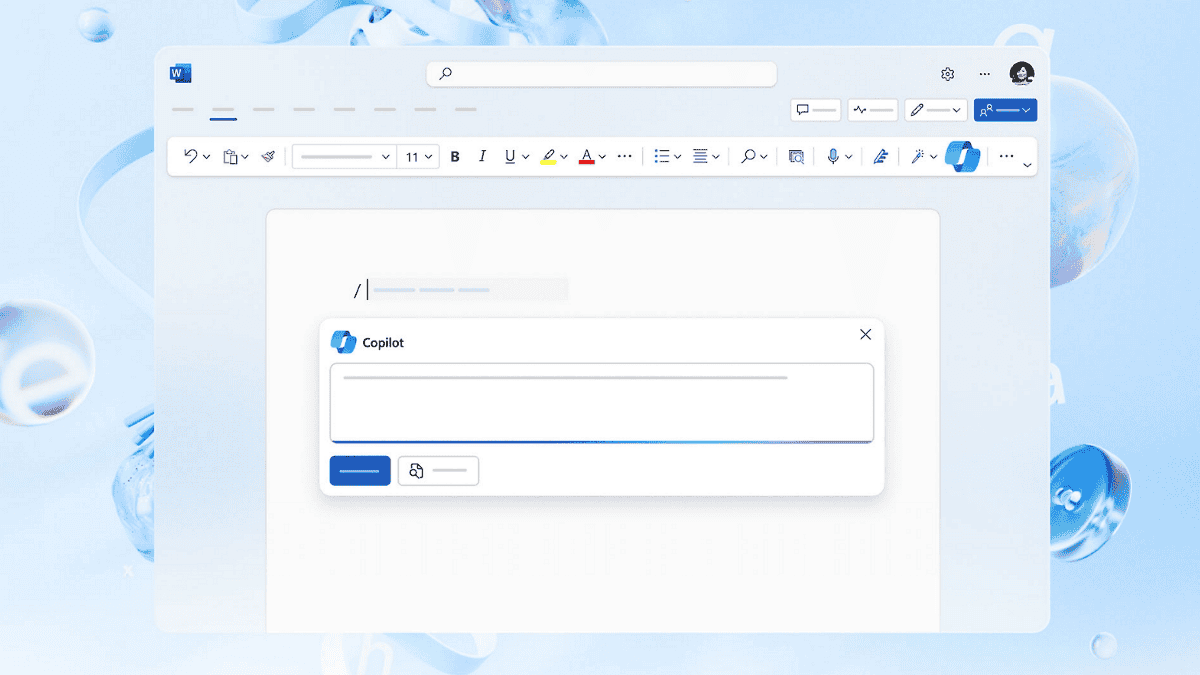Report: US Army to use Microsoft's IVAS HoloLens in the field in 2023
3 min. read
Published on
Read our disclosure page to find out how can you help MSPoweruser sustain the editorial team Read more

A new report (via MIXED) revealed that the US Army is set to officially use Microsoft’s military Integrated Audio Visual System (IVAS) HoloLens in 2023, which is a surprise, given the reports months ago detailing how troubled the device was during tests.
Microsoft’s contract with the government of the United States is incredibly huge as it could reach up to $21.9 billion in ten years, depending on the project’s success. The partnership was welcomed with doubts by many, especially with the slow progress noticed after the contract signing. Then, in September, it was reported that Microsoft started shipping the first batch of the IVAS combat headsets after US Assistant Secretary for Acquisition Douglas Bush issued a directive to accept the delivery. Bush said they “did a good test” and “remains confident that the program will succeed.”
However, in an October report by Bloomberg, it was revealed that the Pentagon office test was a nightmare for some soldiers. According to the test summary report, 80% of the soldiers experienced “mission-affecting physical impairments” (including headaches, eyestrain, and nausea) after wearing the units for three hours. In another report accessed by Business Insider, it was stated that the device even affected the soldier’s performance in the field due to its design, like the bright light could alert the enemies. One soldier even remarked that “the devices would have gotten us killed.” Microsoft reportedly resolved the issue though it still failed to pass the whole six evaluation procedures at that time. Then, a surprising report this month came, saying the Army will now use the IVAS headsets in the field next year. Specifically, the device will be distributed to the Army’s operational and training units, but it is unclear where or what the soldiers will use it for.
In October, Microsoft mentioned having “no roadmap to speak of” for Hololens since it is trying to focus on its Army contract. This might be the result of that, but it is still a mystery how the tech giant managed to do it in just a matter of two months, especially with no details to tell what specific areas of IVAS were improved. Also, there’s still no known statement from the US Army that will clarify if the device has already ticked all the right spots, but given that it will allow the soldiers to use it in the actual field probably tells it’s already at that level of success. According to MIXED, this will lead to the delivery of two versions of the headsets (IVAS 1.0 and IVAS 1.1). Both will compose 5,000 units each, though the differences between the two versions are still unclear.
If this plan and report about the IVAS are both entirely true, this could mean Microsoft has just resolved one of the biggest hurdles in its HoloLens device, which has a blurry future due to the recent negative news and its “no roadmap to speak of” comment (though Scott Evans, Vice President of Mixed Reality at Microsoft, recently clarified this by saying they are “just looking for the right design point to make it a meaningful update”). And in case everything goes well for the Army, Microsoft could loosen its belt a little soon and focus on its next plans for the next HoloLens device.








